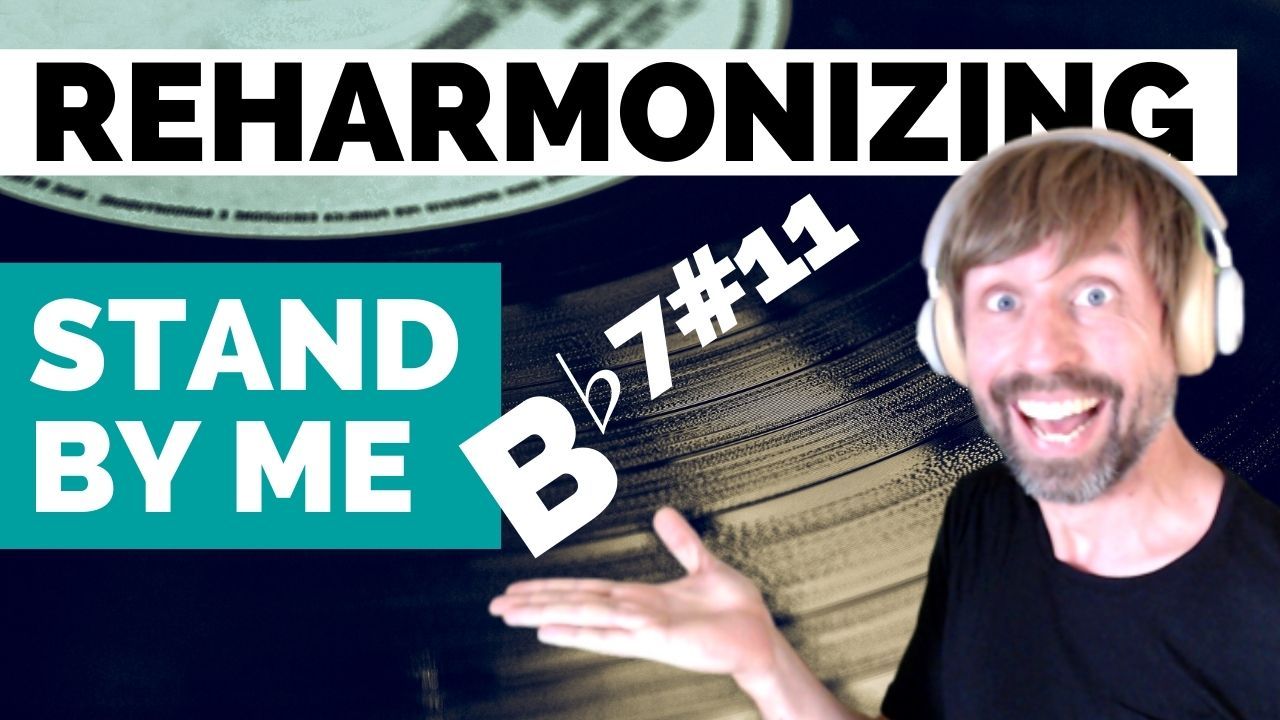Reharmonizing Stand by Me (by Ben E. King)
Learn several approaches to reharmonizing this classic song. You can use the techniques I explain for any other song as well.

Learning music theory is most fun when applied to real songs! So I applied a few reharmonization techniques to the good old Stand by Me. I wasn't after one particular version of rehamronized chords, but rather wanted to demonstrate what you can do! The more music theory you know, the more fun you can have applying this stuff to reharmonizing classics like this Ben E. King song. Enjoy the video!
The original Song "Stand By Me" uses the 50s chord progression:
I vi IV V
For the reharmonization I start with the original chords and simply use sophisticated upper-structure voicings (like E/A for Amaj79 or E/F#m for F#m11). I then add a ii-V-I turnaround at the end to get a stronger pull to the repetition of the chorus. To make it even stronger, I use another upper-structure chord for E7: C/E7, resulting in an altered E7#5#9 chord.
Through the next chorus I use a tritone substitution in the ii-V progression to turn the E7 chord into an Bb7#11 sound. Btw: Moving back and forth between the tonic and the tritone substituted dominant is a typical Bossa Nova move you can use for intros, outros or whole songs:
Amaj7 Bb7#11 Amaj7 Bb7#11
Even more reharominzation potential is released by looking at functional harmony and using the median chord ("Gegenklang") on the tonic and the relative minor on the subdominant.
To get into all the details, how the reharmonization sounds and how it works, check out the video on YouTube.